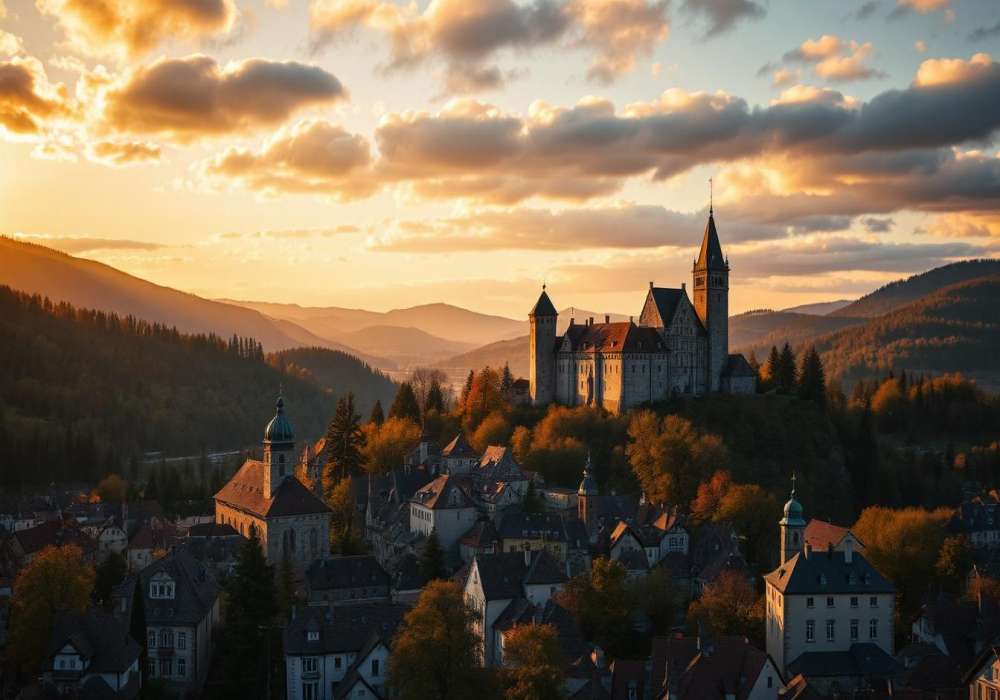
Last Updated At: 15-Jul-2025
12 Best Places to Visit in Romania in February - Best Winter Destinations
Romania is a beautiful country in Eastern Europe, full of mountains, castles, and charming old towns. It’s famous for the Carpathian Mountains, the legendary Dracula’s Castle (Bran Castle), and well-preserved medieval cities like Brașov, Sibiu, and Sighișoara. Nature lovers will enjoy the fresh air, hiking trails, and wildlife in the Transylvania region. If you’re interested in myths, history, and scenic landscapes, the places to visit in Romania offer the perfect mix of culture and adventure.
One of the top attractions is Bucharest, the capital city, known for its wide boulevards, lively cafes, and the massive Palace of the Parliament is one of the world’s largest buildings. Take a walk in Herastrau Park or enjoy traditional Romanian food in the Old Town. Don’t miss the Painted Monasteries of Bucovina, the unique Merry Cemetery in Săpânța, and the Transfăgărășan Highway, one of the most scenic drives in Europe.
Romania is tourist-friendly, affordable, and well-connected by train and bus networks. The best time to visit is from April to October when the weather is pleasant and most attractions are open. Let’s explore more about it!
List Of 12 Best Places To Visit In Romania In February
Bran Castle: Mystery at Dracula's Bran Castle
- Peleș Castle: Royal Grandeur at Peleș Castle
- Sibiu: Cultural Gems in Sibiu's Lower Town
- Brașov: Historic Vibes in Brașov's Old Town
- Danube Delta: Natural Bliss at Danube Delta
- Bucovina Monasteries: Artistic Splendor in Bucovina
- Transylvanian Villages: Rustic Charm in Transylvania
- Peles and Cantacuzino Castles: Architectural Beauty near Sinaia
- Fagaras Mountains: Majestic Landscapes at Balea Lake
- Maramureș: Traditional Allure in Maramureș Villages
- Merry Cemetery: Whimsical Spirit at Săpânța
- Cluj-Napoca: Youthful Energy in Cluj-Napoca
- Apuseni Mountains: Hidden Wonders in Apuseni
- Râșnov Fortress: Historical Journey at Râșnov
- Turda Salt Mine: Underground Splendor at Turda
1. Bran Castle: Mystery at Dracula's Bran Castle
Bran Castle, often referred to as Dracula's Castle, is a prime example of a place to see in Romania. This mediaeval fortress is synonymous with mystery and Gothic allure. Known worldwide for its connection to the Dracula legend, the castle attracts visitors with its imposing architecture and intriguing history. Inside, a labyrinth of rooms and secret passages awaits, providing a fascinating journey through time. While Bran Castle is a captivating destination throughout the year, it offers a particularly striking experience during the milder seasons.
- Top Attractions: The castle's timeless architecture and collection of art and antiques.
- Best Time to Visit: May to September, for pleasant weather and full access.
- Nearby Tourist Spots: The historic city of Brașov and the adventurous Rasnov Fortress.
Best Things to Do:
- Explore the castle rooms and hidden staircases
- Learn about the Dracula legend and local myths
- See royal furniture and weapons on display
- Take photos from the castle courtyard
- Enjoy views of the nearby forested hills
2. Peleș Castle: Royal Grandeur at Peleș Castle
Peleș Castle stands as a shining example of the places to go in Romania, boasting a stunning neo-Renaissance design. This former royal residence is a highlight for anyone interested in Romania's regal past. Inside, visitors are treated to luxurious interiors and an impressive art collection. The beauty of the surrounding landscape complements the castle, creating a picturesque setting suitable for visits at any time of the year. Summer months, however, offer a particularly vibrant experience.
- Top Attractions: The opulent rooms and the castle's art collection.
- Best Time to Visit: Summer, when the castle is fully open and the gardens are in bloom.
- Nearby Tourist Spots: The charming town of Sinaia and the Cantacuzino Castle.
Best Things to Do:
- Tour the lavish royal rooms and halls
- Admire detailed woodwork and stained glass
- Visit the royal armoury with weapons and suits
- Walk through the peaceful castle gardens
- Take a guided tour for deeper history
3. Sibiu: Cultural Gems in Sibiu's Lower Town
Sibiu, with its rich cultural tapestry, is a highlight of Romanian heritage. The Lower Town of Sibiu, known for its cobblestone streets and colourful buildings, offers a journey through time. Visitors can immerse themselves in the local culture and history. The area is particularly enchanting during the Sibiu International Theatre Festival.
- Top Attractions: The Brukenthal National Museum and the picturesque Grand Square.
- Best Time to Visit: June to September, when cultural festivals bring the town to life.
- Nearby Tourist Spots: The ASTRA National Museum Complex showcases traditional Romanian life.
Best Things to Do:
- Walk across the Bridge of Lies
- Visit local art galleries and museums
- Explore the Lower Town’s old houses and towers
- Enjoy coffee at a street café
- Attend cultural events in the main square
4. Brașov: Historic Vibes in Brașov's Old Town
Brașov, nestled in the heart of Romania, is famous for its mediaeval charm. The Old Town, with its well-preserved buildings and lively squares, is a hub for history enthusiasts. The blend of Gothic, Baroque, and Renaissance architecture creates a unique visual experience. Autumn and winter bring a magical feel to the town.
- Top Attractions: The Black Church and the Council Square.
- Best Time to Visit: September to December for autumn colours and winter festivities.
- Nearby Tourist Spots: Poiana Brașov for skiing and the picturesque Rasnov Fortress.
Best Things to Do:
- Walk around the Council Square
- Visit the Black Church
- Walk along the old city walls and towers
- Take the cable car to Tampa Mountain
- Shop for local crafts and food
5. Danube Delta: Natural Bliss at Danube Delta
The Danube Delta, a UNESCO World Heritage site, is a haven for nature lovers. It's one of the largest and best-preserved deltas in Europe, offering an abundance of wildlife and serene landscapes. Bird watching and boat tours are popular activities here. The delta is most vibrant in spring and summer.
- Top Attractions: Bird watching, fishing, and exploring the numerous waterways.
- Best Time to Visit: May to August for the best wildlife viewing opportunities.
- Nearby Tourist Spots: The ancient city of Tulcea and the nearby beaches on the Black Sea coast.
Best Things to Do:
- Go on a boat tour through the water channels
- Spot rare birds and wild animals
- Visit small fishing villages
- Try fresh fish dishes
- Relax in peaceful nature
6. Bucovina Monasteries: Artistic Splendor in Bucovina
The Bucovina Monasteries, renowned for their painted exterior walls, are jewels of Romanian architecture. These monasteries offer a glimpse into the spiritual and artistic heritage of the country. The unique frescoes depict biblical scenes and are a must-see for art enthusiasts. Spring and autumn offer the most comfortable visiting conditions.
- Top Attractions: The frescoes of Voronet and Moldovita Monasteries.
- Best Time to Visit: April to October, avoiding the extreme temperatures.
- Nearby Tourist Spots: The rural landscapes of Bucovina and the charming town of Suceava.
Best Things to Do:
- Visit painted monasteries like Voroneț and Humor
- Admire colourful biblical murals on the walls
- Learn about Orthodox history and culture
- Enjoy quiet moments in the monastery gardens
- Visit nearby folk museums
7. Transylvanian Villages: Rustic Charm in Transylvania
Transylvanian villages are a mosaic of rustic beauty and folklore, offering a unique glimpse into Romania's rural life. These villages, with their traditional houses and fortified churches, are steeped in history and culture. They provide a serene escape from the bustling city life. Autumn brings a special charm to harvest festivals.
- Top Attractions: The UNESCO World Heritage Saxon villages and their fortified churches.
- Best Time to Visit: Late spring to early autumn for pleasant weather and cultural events.
- Nearby Tourist Spots: The mediaeval city of Sighișoara and the Biertan fortified church.
Best Things to Do:
- Walk through cobbled streets and wooden gates
- Visit Saxon churches and fortresses
- Stay in traditional guesthouses
- Try homemade cheese and bread
- Learn about local farming life
8. Peles and Cantacuzino Castles: Architectural Beauty near Sinaia
Near Sinaia, the Peles and Cantacuzino Castles stand as symbols of architectural elegance. These castles, set against the backdrop of the Carpathian Mountains, are a testament to Romania's royal past. Their interiors are as stunning as their exteriors, filled with art and historical artefacts. The surrounding natural beauty enhances the experience. Spring and summer are ideal for visiting.
- Top Attractions: The lavish rooms of Peles Castle and the panoramic views from Cantacuzino Castle.
- Best Time to Visit: May to September, when the mountain scenery is at its best.
- Nearby Tourist Spots: Sinaia ski resort and the scenic hiking trails in the Bucegi Mountains.
Best Things to Do:
- Tour both castles for a royal experience
- Admire the art and design in each hall
- Walk in the castle gardens with mountain views
- Take scenic photos outside the buildings
- Visit nearby museums in Sinaia
9. Fagaras Mountains: Majestic Landscapes at Balea Lake
The Fagaras Mountains, home to Balea Lake, boast some of Romania's most stunning landscapes. Ideal for adventurers and nature lovers, these mountains offer hiking, climbing, and breathtaking scenery. The glacial lake Balea is a highlight of the region. The area is most accessible and enjoyable in the warmer months.
- Top Attractions: Hiking trails, Balea Lake, and the Transfagarasan Highway.
- Best Time to Visit: June to September, for ideal hiking conditions and clear views.
- Nearby Tourist Spots: The picturesque villages along the Transfagarasan and the historical city of Sibiu.
Best Things to Do:
- Drive the Transfăgărășan Highway
- Visit Bâlea Lake and enjoy the views
- Hike mountain trails in summer
- See the ice hotel in winter (if open)
- Take photos of waterfalls and rocky peaks
10. Maramureș: Traditional Allure in Maramureș Villages
Maramureș is a region where traditions are alive and well. The villages here showcase wooden architecture, traditional crafts, and a way of life preserved over centuries. Maramureș is particularly famous for its wooden churches and friendly locals. The best time to visit is during local festivals when the culture is vibrantly showcased.
- Top Attractions: The Wooden Churches of Maramureș and the Merry Cemetery in Săpânța.
- Best Time to Visit: May to September, for cultural festivals and good weather.
- Nearby Tourist Spots: The Rodna Mountains National Park and the historical town of Baia Mare.
Best Things to Do:
- Visit wooden churches with tall spires
- See how locals weave and carve wood
- Ride the historic steam train (Mocănița)
- Taste traditional dishes and plum brandy
- Join folk festivals with music and dancing
Also Read: Delicious : Food Of Romania
11. Merry Cemetery: Whimsical Spirit at Săpânța
The Merry Cemetery in Săpânța stands out with its colourful tombstones and whimsical epitaphs, offering a unique perspective on life and death. This cemetery is famous for its vividly painted crosses and humorous inscriptions, reflecting the local tradition of celebrating life. The warm months bring out the vibrancy of the site.
- Top Attractions: The hand-painted tombstones and the on-site museum.
- Best Time to Visit: Late spring to early autumn for the best weather and visual experience.
- Nearby Tourist Spots: The traditional villages of Maramureș and the Wooden Churches in the region.
Best Things to Do:
- Read the colourful and funny grave markers
- Take photos of the painted crosses
- Learn about the lives of the people buried there
- Visit the nearby wooden church
- Buy souvenirs with local art designs
12. Cluj-Napoca: Youthful Energy in Cluj-Napoca
Cluj-Napoca, a city pulsating with youthful energy, is a hub of cultural and academic life in Romania. Known for its vibrant nightlife, historical landmarks, and dynamic arts scene, it's a must-visit for urban explorers. The city is lively throughout the year, with numerous festivals being hosted in the summer.
- Top Attractions: The Gothic St. Michael's Church, the National Museum of Art, and the Central Park.
- Best Time to Visit: June to September, for the festival season and pleasant weather.
- Nearby Tourist Spots: The Turda Salt Mine and the scenic Apuseni Mountains.
Best Things to Do:
- Relax in Central Park
- Explore historic churches and squares
- Visit the art museum and botanical garden
- Enjoy live music and cafés
- Attend local festivals and events
13. Apuseni Mountains: Hidden Wonders in Apuseni
The Apuseni Mountains are a paradise for those seeking serene natural beauty and adventure. With their vast caves, dense forests, and traditional villages, these mountains offer a tranquil escape. Caving and hiking are popular activities. The best time for exploration is during the dry and warmer months.
- Top Attractions: Scarisoara Ice Cave and the picturesque landscapes.
- Best Time to Visit: May to September, ideal for outdoor activities and caving.
- Nearby Tourist Spots: The Turda Gorge for hiking and the historical city of Alba Iulia.
Best Things to Do:
- Explore underground caves like Scărișoara
- Hike through forests and hills
- Visit remote villages with wooden homes
- Try local food from mountain farms
- Enjoy peaceful time away from crowds
14. Râșnov Fortress: Historical Journey at Râșnov
Râșnov Fortress, perched atop a hill, offers panoramic views and a rich historical tapestry. This well-preserved mediaeval fortress is a testament to the region's turbulent past. Visitors can explore the ruins and learn about local history. The fortress is most accessible in the dry seasons.
- Top Attractions: The fortress ruins and the panoramic views of the surrounding landscape.
- Best Time to Visit: April to October, for the best weather and clear views.
- Nearby Tourist Spots: Brașov's Old Town and Bran Castle.
Best Things to Do:
- Walk around the old fortress walls
- Visit the small museum inside
- Enjoy the view over the town and hills
- Learn how locals defended the place
- Attend medieval fairs and shows
15. Turda Salt Mine: Underground Splendor at Turda
The Turda Salt Mine is an astonishing underground wonder, combining history with modern leisure facilities. Once a salt mine, it now offers a unique tourist experience with an underground lake, Ferris wheel, and golf course. It's a year-round destination, offering a constant cool temperature inside.
- Top Attractions: The underground lake, the Ferris wheel, and the history of salt mining.
- Best Time to Visit: Open year-round, ideal in any season.
- Nearby Tourist Spots: Cluj-Napoca for its urban attractions and the Apuseni Mountains for natural beauty.
Best Things to Do:
- Take the lift down into the salt mine
- See the underground lake and ferris wheel
- Learn about salt mining history
- Breathe the clean, salty air
- Enjoy games and rides in the cool chambers
Read More : Culture Of Romania
Romania, a land of diverse landscapes and rich history, offers an array of experiences that cater to every type of traveller. From the gothic allure of Bran Castle to the tranquil beauty of the Danube Delta, each destination in Romania tells its own unique story. The vibrant cultural scenes in cities like Sibiu and Cluj-Napoca contrast with the serene natural wonders of the Apuseni Mountains and the Fagaras range. The whimsical Merry Cemetery and the regal Peleș Castle showcase the country's unique charm and heritage. Romania is a mosaic of experiences, each piece contributing to a larger picture of beauty, history, and adventure.
Plan your trip with Adotrip today. Enjoy a wealth of information, end-to-end travel assistance, and BOOK Flights, Hotels, and Tour Packages under one roof. With Adotrip, nothing is far!
Frequently Asked Questions About Places To Visit In Romania In February
Q1. What are the best Romanian cities and regions to explore in February?
A1. The best Romanian cities and regions to explore in February are:
- Brasov
- Sibiu
- Timișoara
- Alba Iulia
- Cluj-Napoca
- Maramures
- Bucharest
- Danube Delta
Q2. Is February a good time for visiting castles and Dracula-related sites?
A2. Romania has many castles to visit in February, such as Corvin Castle and Bran Castle, Dracula’s home! These castles have a quieter atmosphere in winter than in the summer.
Q3. What is the weather like in Romania during February?
A3. Weather in Romania in February is colder, but it is not always freezing, as opposed to popular belief. February is one of the coldest months.
Q4. Are there any Romanian cultural festivals or traditions in February?
A4. On the 24th of February, the Romanian people celebrate their festival of love, Dragobete. It is the Romanian equivalent of St Valentine's Day.
Q5. Can I explore the Carpathian Mountains and natural beauty in Romania in February?
A5. You can explore the Carpathian Mountains and natural beauty in Romania in February. The peaks covered in snow are a sight to behold in February. Additionally, you can enjoy the mountains in Calimani National Park.
Q6. What is the prettiest place in Romania?
A.Many consider Transfăgărășan Highway the prettiest place in Romania. This scenic mountain road winds through the Carpathians, offering dramatic views, alpine lakes like Bâlea Lake, and picturesque valleys. It's often called “the best driving road in the world.”
Q7. Is Romania worth visiting for tourists?
A.Romania offers a mix of natural beauty, medieval towns, castles, and rich culture. You can explore the legendary Bran Castle (linked to Dracula), charming villages like Sighișoara, and vibrant cities like Bucharest. Plus, it’s budget-friendly and less crowded than other European destinations.
Q8. Is there anything worth seeing in Romania?
A.Following are the highlights that include:
- Bran Castle – The famous Dracula castle
- Transylvania – With its fortified churches and towns
- Bucharest – The capital with its eclectic architecture
- The Painted Monasteries of Bucovina – UNESCO sites
- Maramureș – Known for wooden churches and traditions
- Danube Delta – Europe’s best-preserved delta ecosystem
- Corvin Castle, Peleș Castle, and the Carpathian Mountains also make Romania worth visiting.
--- Published By Adotrip
Latest Blogs

Cash in the Wild: My Safari Adventure Across Kenya with Only...
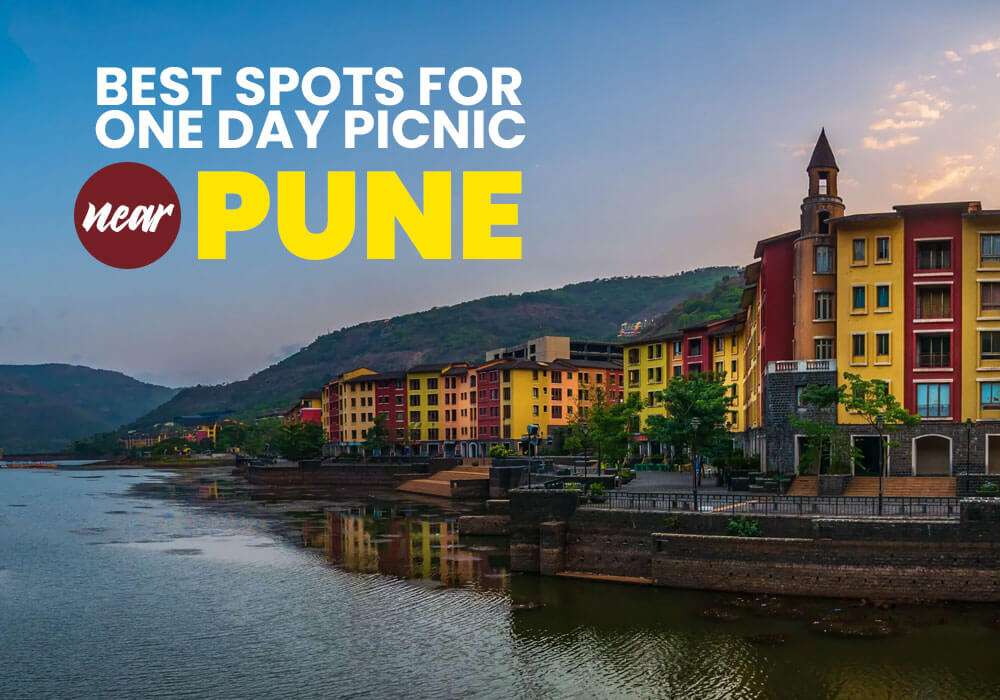
One Day Picnic Spot Near Pune - Adventure, Trekking and Natu...
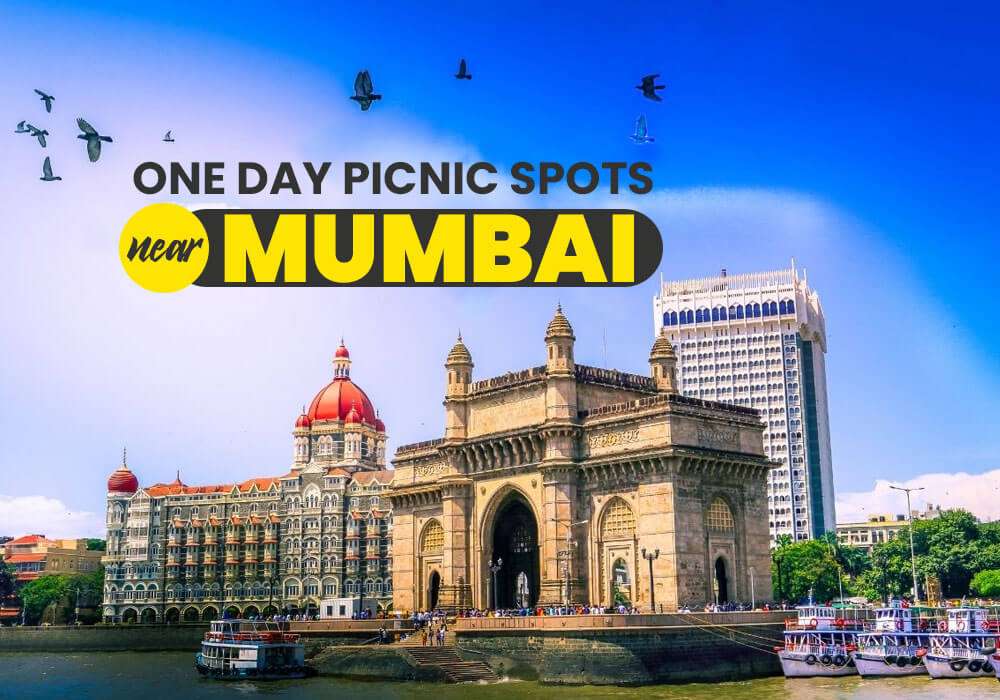
One Day Picnic Spots Near Mumbai - Monsoon, Adventure, Beach...
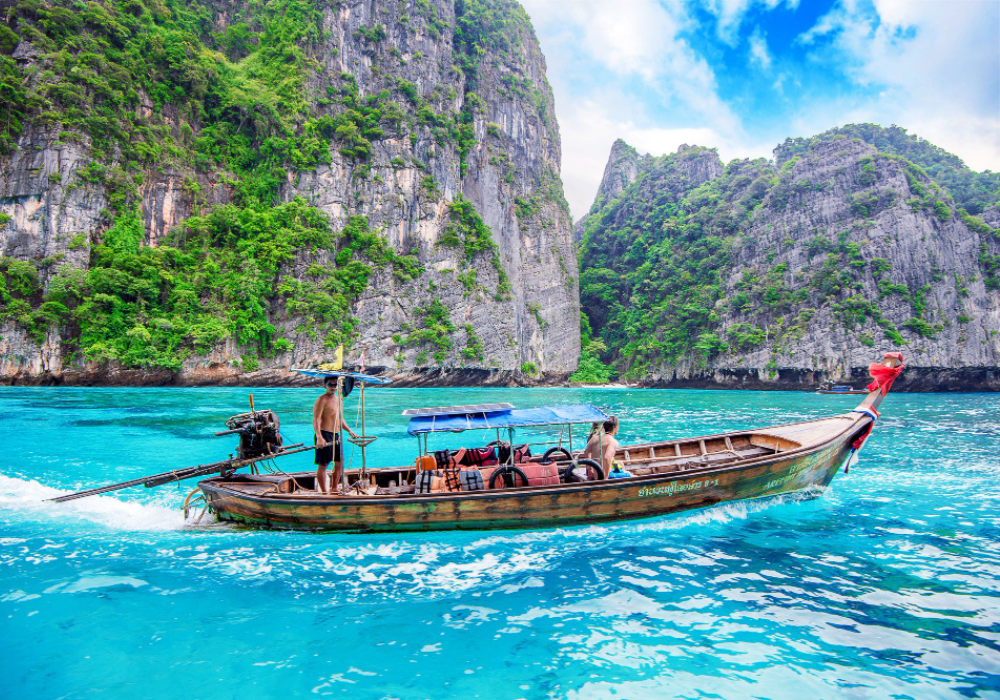
The Best Places to Go in Thailand in 2025
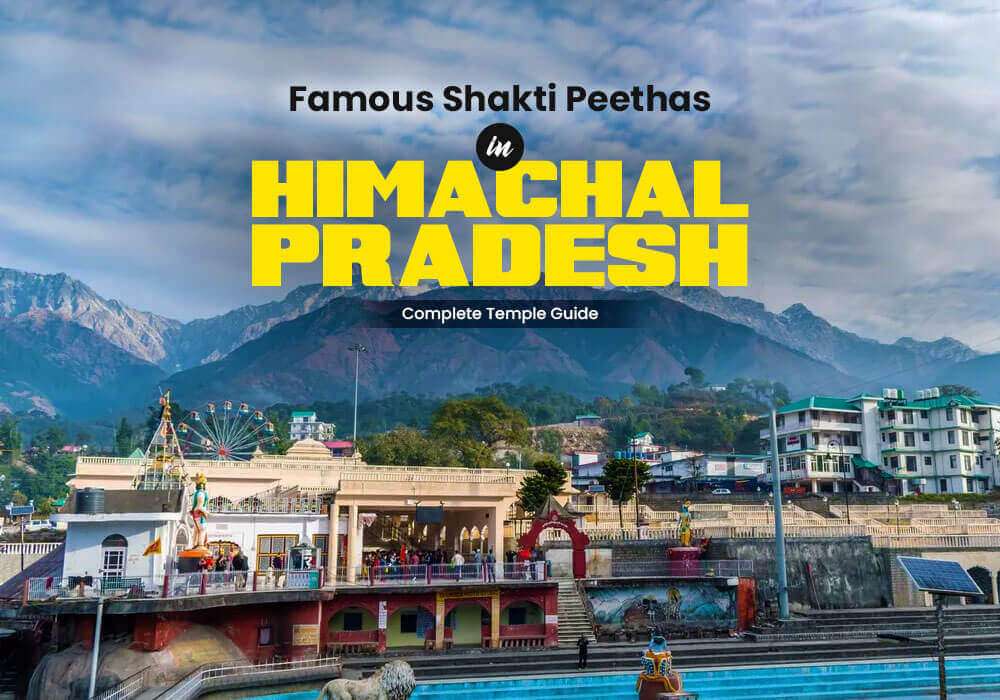


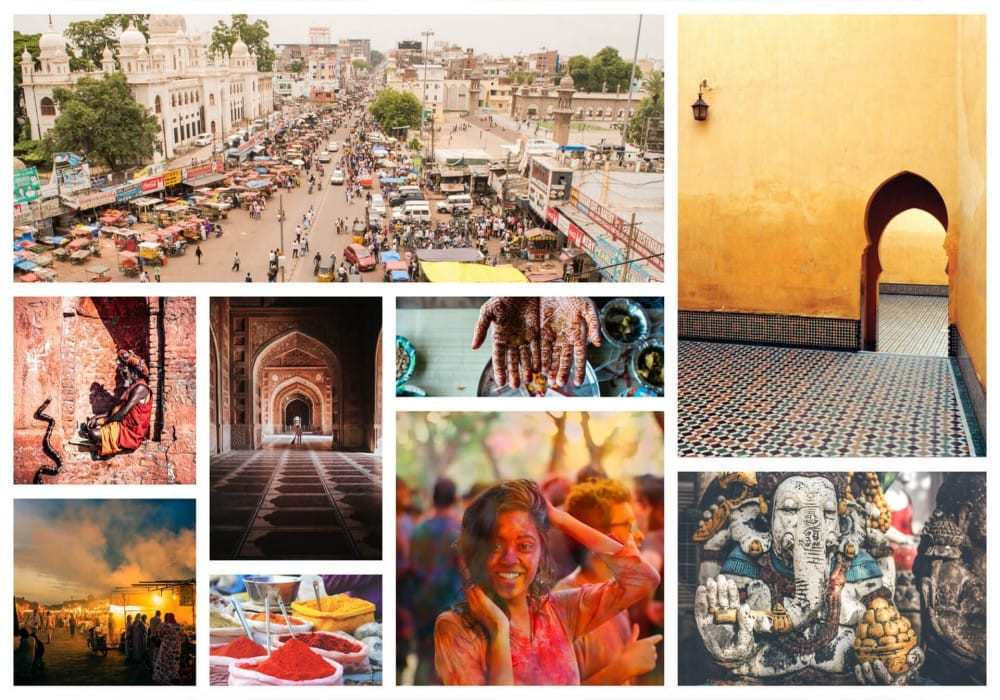
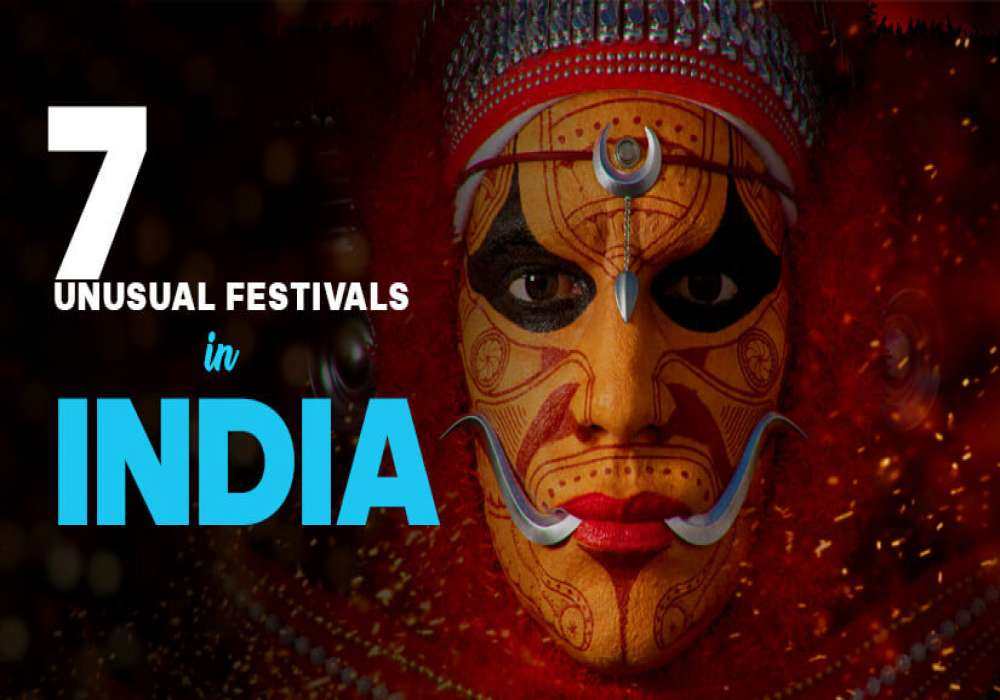
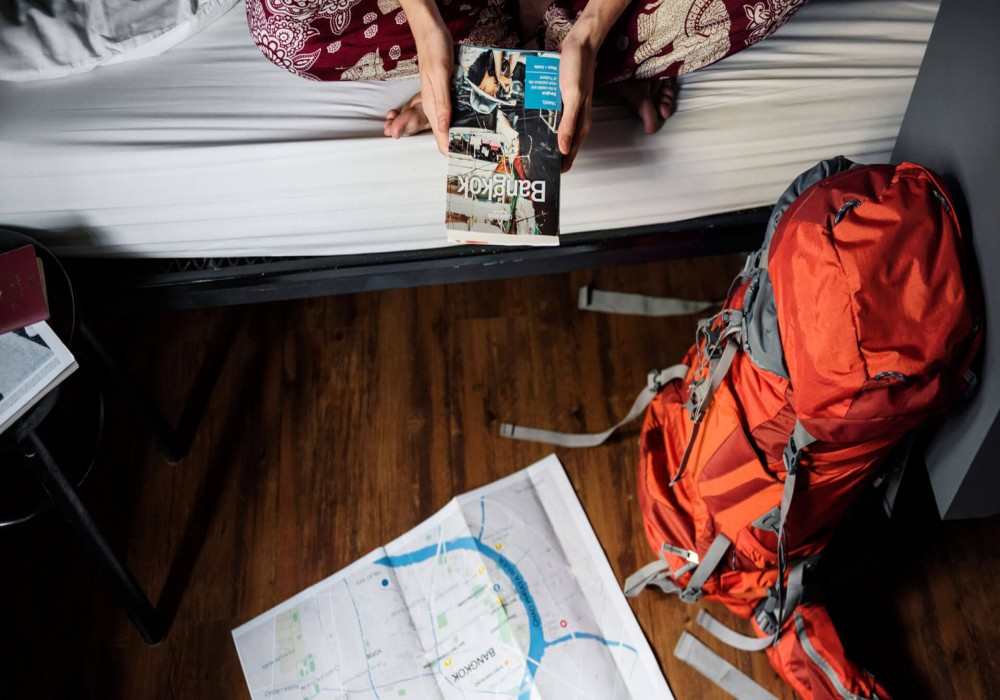

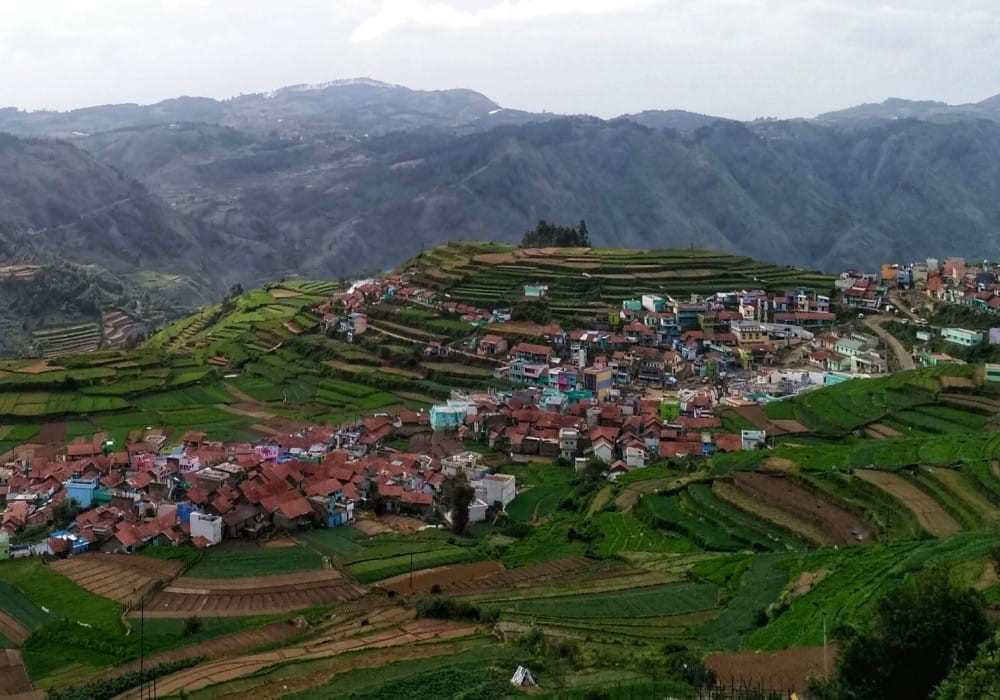
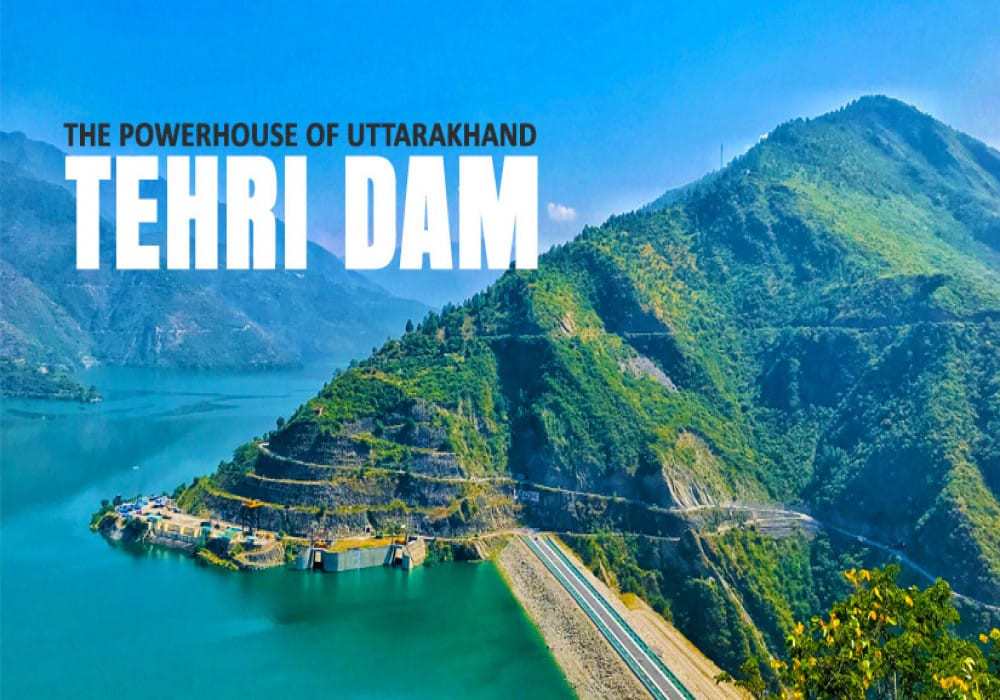
 Dubai
Dubai Malaysia
Malaysia USA
USA





